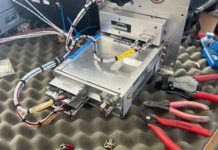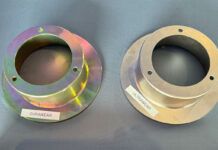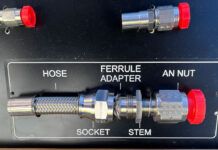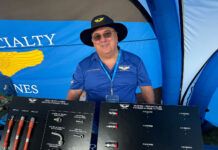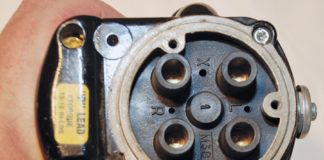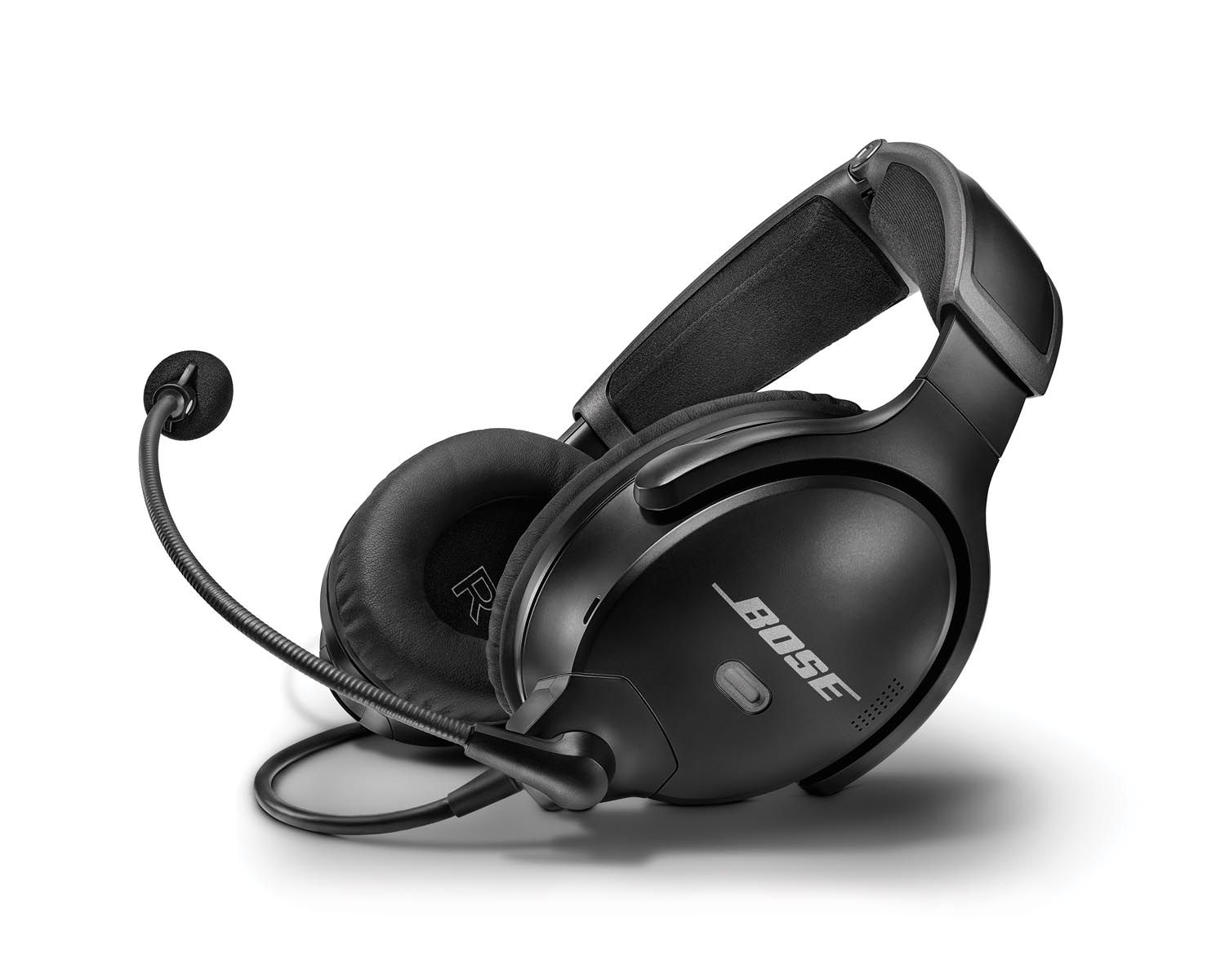 For years, Bose has enjoyed a loyal following in the high-end aviation headset market with models that have good performance, high quality and decent field support. The model A20 was an impressive seller, but introduced way back in 2010, it was time for a modern refresh. That’s just what Bose has done with the $1299 A30—a circumaural noise-canceling model that has familiar Bose styling and a major rework of the hardware and electronics.
For years, Bose has enjoyed a loyal following in the high-end aviation headset market with models that have good performance, high quality and decent field support. The model A20 was an impressive seller, but introduced way back in 2010, it was time for a modern refresh. That’s just what Bose has done with the $1299 A30—a circumaural noise-canceling model that has familiar Bose styling and a major rework of the hardware and electronics.
With all-digital circuitry (the now discontinued A20 is an analog set) and hardware that’s designed for increased comfort and better audio quality, Bose is hoping to keep the sales momentum going in a changing market that’s tempted by Lightspeed’s new Delta Zulu, plus late-model discounted headsets (including its own A20) for sale on the used market.
We’ve been flying with the new A30 in a variety of aircraft since we got our paws on the new set last spring. Here’s a rundown of its features and design compared to the A20 and real-world observations on performance and comfort.
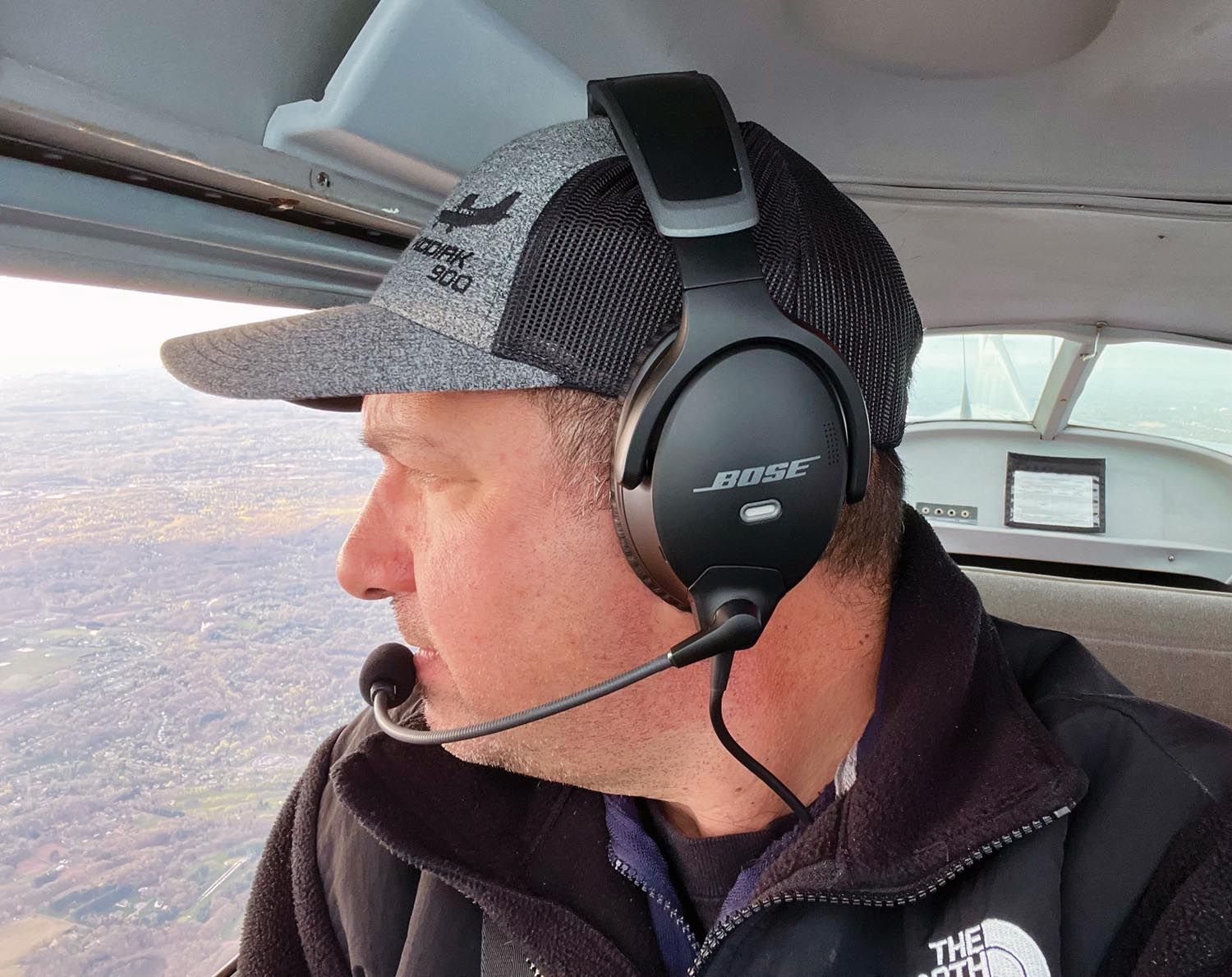
Redesigned for Comfort
It was pretty rare for Bose A20 wearers to complain a lot about the set’s comfort (we’re satisfied longtime A20 users), but pilots who fly long-haul missions might wish the A20 had lighter clamping pressures—us included. Bose apparently listened because we think the A30 does offer more comfort—and 20% less clamping force—thanks to a redesigned headband. At 14.2 ounces, the A30 isn’t substantially lighter than the 14.4-ounce A20, but it certainly has a lighter feel on the head, and perhaps most importantly, the reduced clamping. That’s mostly because of the new aluminum alloy headband with thinner structure that redistributes some of the weight. There’s also a contoured fabric headband pad (the A20’s is sheepskin) that puts the finishing touches on top-of-the-head comfort. The earcups have also been completely reworked to more naturally fit the shape of the ears.
If you fly with a ballcap and eyeglasses, we think you’ll immediately notice a difference in comfort. And pinch points have been reduced because some of the audio wires have been concealed inside the headband. Speaking of wires, the A30’s main audio cable is thinner, lighter and tougher with its Kevlar core.
Worth mentioning is that since the A30 has dedicated left and right earcups, Bose made it easier to swap the headset boom. By default, the set ships from the factory with the boom on the left earcup, but it literally takes less than a minute to swap it over to the other cup. Open two latches at the base of the microphone and lift it from the socket, then open the latch on the terminator cover and pull the terminator cover from the socket. Perform the process in reverse to make the swap. The microphone boom is easy to adjust and stays where you position it—which when done correctly should put the microphone 0.5 inches from the lips and not touching.
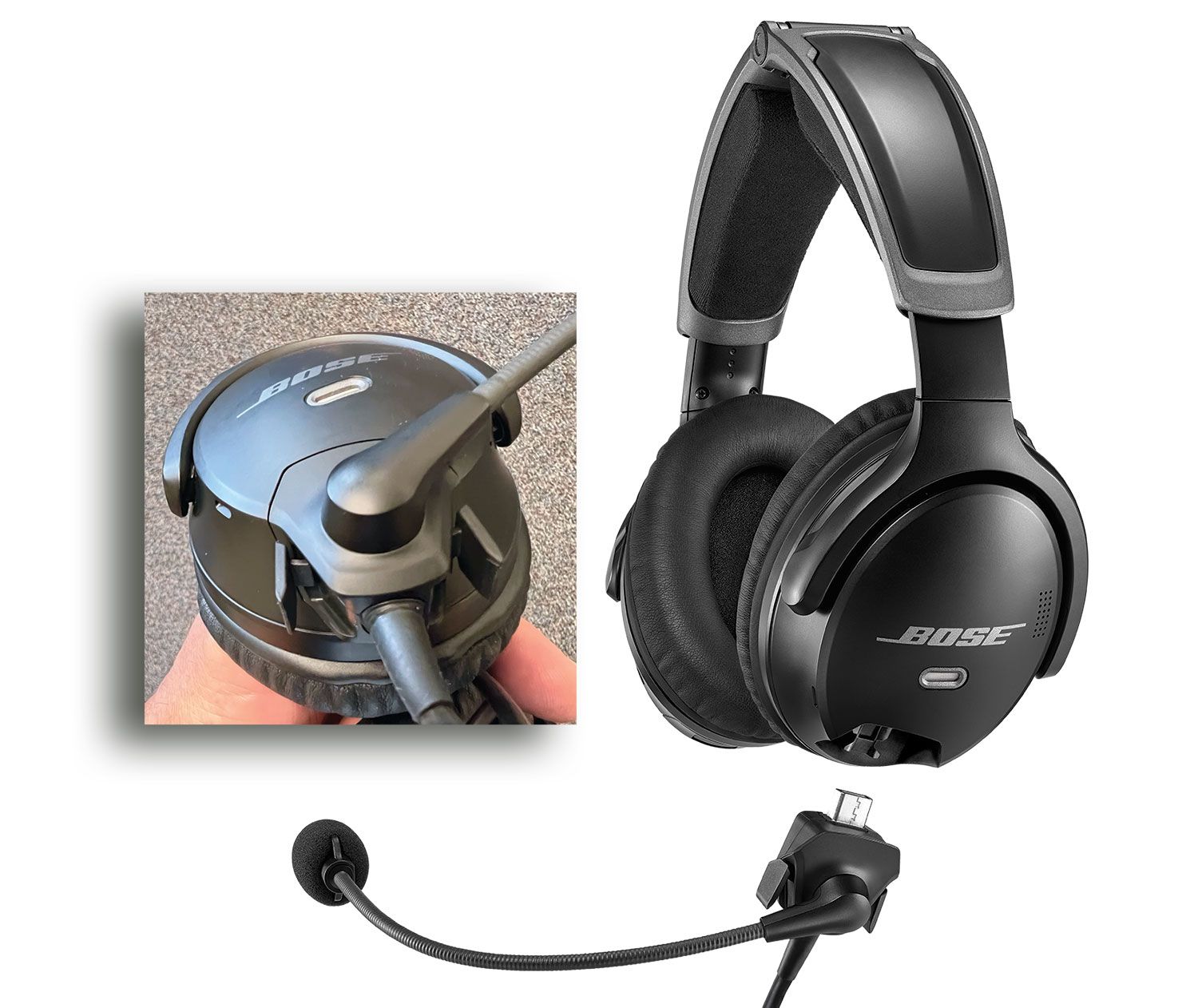
Adjustable Noise Cancellation
A feature that trickles down from the Bose ProFlight Series 2 in-ear headset for jets is the tap control for talk-through. Double-tapping on either earcup turns off the ANR for that earcup so you can talk outside of the headset without having to remove them. Frankly, we don’t see the value for most small piston cabins because everyone will usually be wearing headsets. Perhaps it can come in handy for cabin-class airplanes when passengers come up front to chat. Tap the cup to return to normal noise-canceling mode.
The talk-through mode might be useful if you want to hear sounds outside of the headset more naturally (without ANR). Maybe you want to listen closely to the engine during a runup, as one example, and talk-through allows you to do it without removing the headset. You can disable the feature altogether by turning the tap control switch to Off, and the switch is located inside the battery compartment. For the feature to work, the ANC mode switch on the control module needs to be set to either High or Medium.
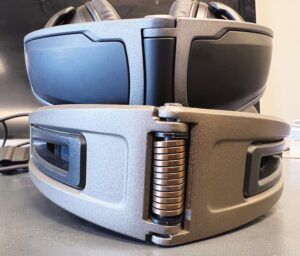
This ANC mode switch (for three modes of noise cancellation) is another feature that proved to be fairly useless in every piston airplane we tested in because you’ll want the most noise canceling that’s available. Bose says that High mode provides maximum noise reduction, which is ideal for piston airplanes, Medium works well in turbine airplanes, and Low (with its limited ANR) allows for natural conversations on big-airplane flight decks. We suspect that just about every user will never move that switch from High when flying a piston.
As for overall noise cancellation and headphone audio quality, we think the digital A30 is excellent. On the other hand, we think the analog A20 is excellent. If you are accustomed to the A20, you’ll probably notice an immediate difference in the A30’s audio simply because of the digital circuitry.
In a side-by-side comparison, some users who tried our demo set said there was less “hiss” or “hash” in the A30 and we suspect that’s a signature of cleaner digital processing compared to analog. Still, the A30’s ANR system was designed to provide full attenuation across a pretty wide variety of cabin environments, plus the A30 has upgradeable firmware to further tweak the performance when the time comes. As with the A20, we think the A30’s microphone audio quality is superb. It never clips, provides good sidetone and is clean and crisp. We evaluated the set with a wide variety of aircraft audio systems—from standalone intercoms and early Garmin GMA 340 audio panels to the latest PS Engineering PMA450B digital audio control systems—and found the A30 a good match for all.
Bluetooth, Control Module
We suspect most buyers will opt for the flagship Bluetooth model, even though a version without Bluetooth is priced the same. We asked Bose’s Hratch Astarjian about the rationale and he said it will help buyers to purchase the set based on needed features and not for price. Plus, Bose expects to sell far fewer non-Bluetooth modules, so that makes these models more expensive to keep in the line.
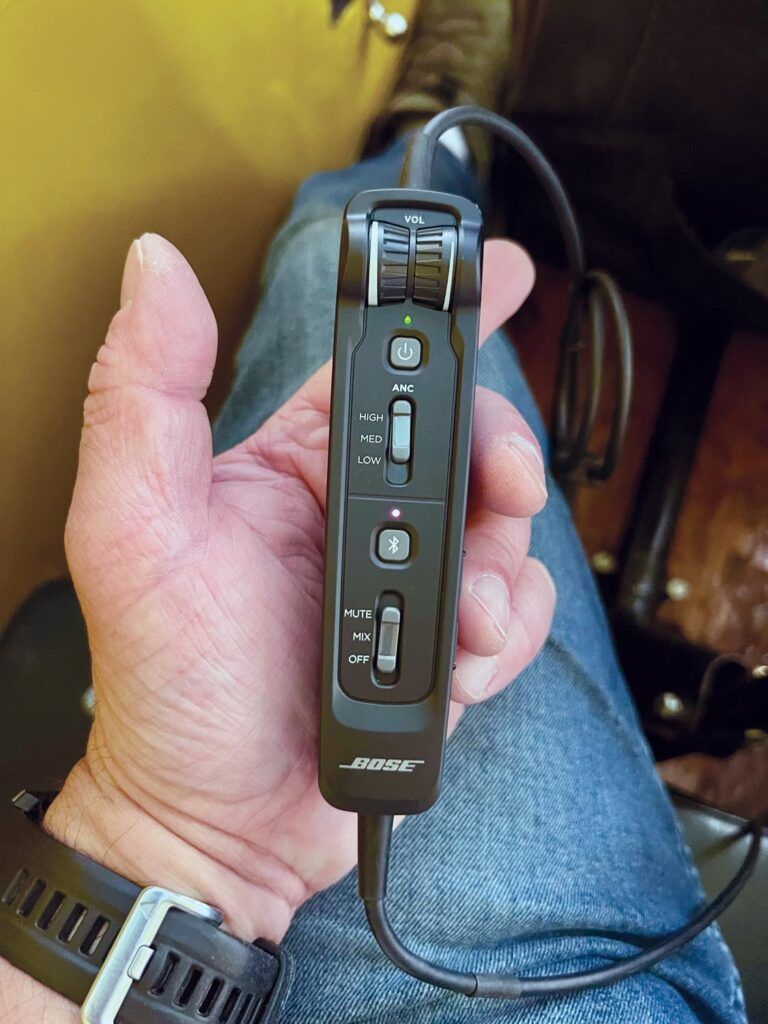
Regardless, the A30 has what we think is a well-designed wireless feature set, with a Bluetooth prioritization switch on the control module that allows for three options for controlling tablet app audio and entertainment input. Mute mode silences the external audio when the intercom becomes active, the Mix mode combines both aircraft audio and external audio at the same time and Off mode turns off all external audio. We especially like the dedicated Bluetooth audio volume controls on the side of the set’s control module.
The A30 pairs easily and consistently, and the headset will attempt to connect with the two most recently connected devices. You can store up to eight paired devices in the A30’s pairing list, but you can only be connected to two devices at once, and only one can be heard at a time. There is a priority switch inside the control module to establish priority between the two audio sources connected at the same time. For example, with the switch in the BT position, the Bluetooth source overrides the wired auxiliary input if it’s present. Switching to the Aux position reverses the pecking order. It really is a rich interface, especially handy in aircraft that don’t have modern audio panels with Bluetooth capability.
Want to make phone calls with the A30? There is plenty of capability. Dial a call from the phone and the call audio automatically transfers to the headset audio, where you talk in full duplex. To answer a call, press the Bluetooth button on the control module. You’ll first hear two short beeps before you hear the incoming call, and you can decline it by holding the Bluetooth button for one second. You can even put an existing call on hold directly from the A30 and answer another incoming call by pressing the Bluetooth button while on the call. The Bluetooth button also redials the last number if you double-press it. It’s probably more capability than some users will need, but we give Bose thumbs-up for a complete interface.
As for the A30’s control module, we think it’s designed well with buttons and switches that have a durable, high-quality feel. It’s sized right to fit comfortably in hand and to stash in a map pocket during flight. It has linear volume controls (for each earcup) that work really well for setting just the right headphone audio level. If we had a nit to pick, it would be the poor placement of the set’s stereo/mono switch, which is located inside the control module and below the two AA batteries. If you jump from aircraft to aircraft as we do, you might find yourself accessing the switch to match the intercom that’s installed.
For A30 models that aren’t equipped with a 6-pin LEMO down cable for plugging into ship’s power/audio, Bose says that high-quality AA alkaline batteries will power the set for roughly 45 hours. The A30 is available in various audio plug configurations, including U174 helicopter interfaces. On a side note, we like the A30’s redesigned storage case—it’s a big improvement over the one used with the A20.
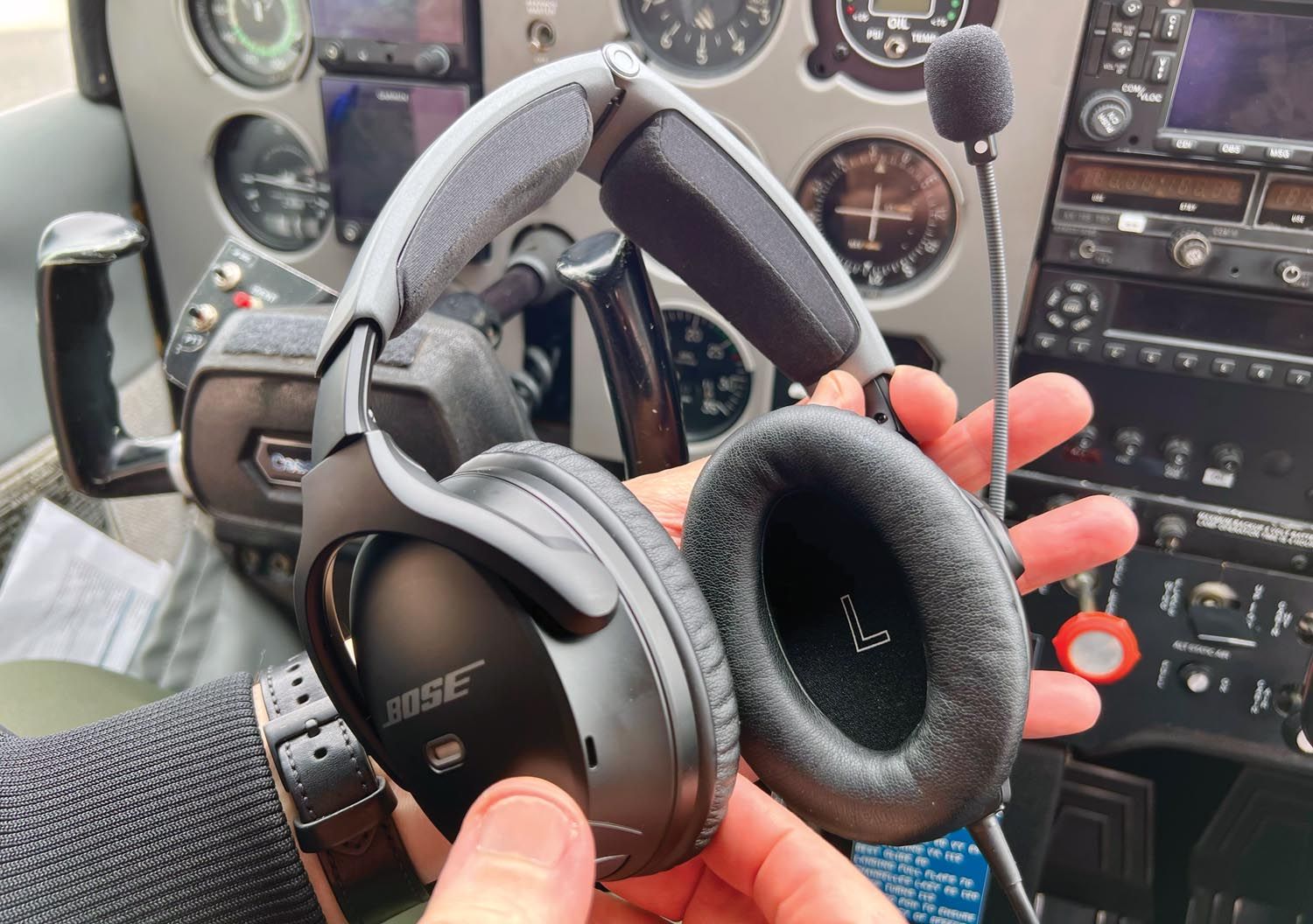
Bottom Line
Bose made it clear that it will continue to support the discontinued A20, so if you recently bought a set, you have nothing to worry about. But the difficult question is whether existing A20 owners will find value in paying full price for the new A30 (at press time Bose didn’t have an A20 to A30 trade-up program).
The existing A20 dilemma aside, based on our evaluation, we think Bose did a terrific job redesigning an already terrific headset. It has exceptionally good performance, high-end audio quality and a well-thought-out Bluetooth feature set. For most piston applications we don’t think the talk-through feature alone will sell the A30, and neither will the user-adjustable multiple ANC levels. But if comfort is a nagging complaint you have with an existing A20 (or any model), we think the A30 is certainly worth a try. Our advice is the same as it is for any headset: Try it before you buy it, and that means buying from a retailer that offers a 30-day return policy.
Photos: Larry Anglisano and courtesy of Bose.


